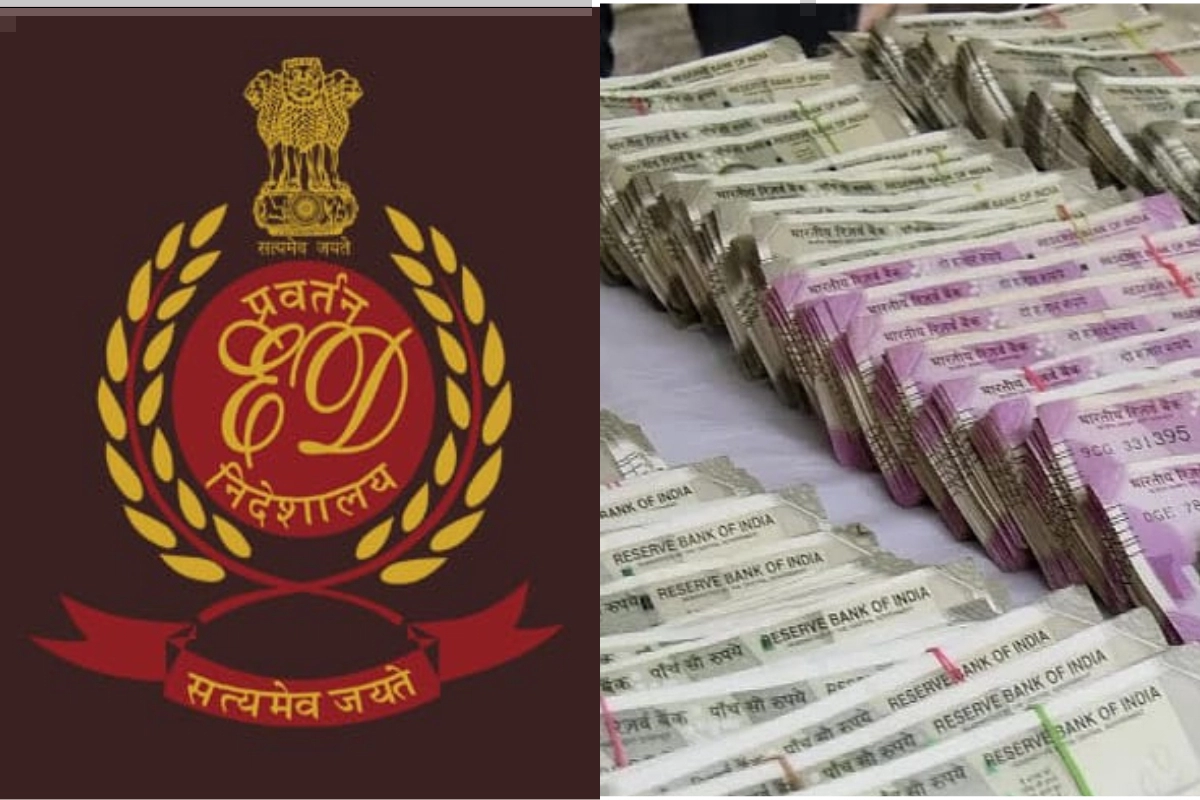ED: The most recent incident is the seizure of almost Rs 17 crore from the home of a businessman from Kolkata in a case of fraud involving a mobile gambling application.
During raids and searches in connection with various investigations over the past three months, the Enforcement Directorate (ED) has confiscated cash totaling nearly Rs 100 crore. The most recent incident is the seizure of almost Rs 17 crore from the home of a businessman from Kolkata in a case of fraud involving a mobile gambling application.
To count the cash that the ED officials had retrieved, nearly eight bank employees and a currency counting equipment had been requested. After recovering Rs 50 crore in cash from suspended minister Partha Chatterjee’s aide Arpita Mukherjee’s homes in connection with the West Bengal SSC scandal, the financial investigation agency recently recorded its largest cash seizure in history.
Partha Chatterjee is allegedly implicated in a recruitment scam involving Group “C” and “D” employees, primary teachers, and assistant teachers for classes IX through XII. It is believed that the money collected came from a teacher recruitment scam.
Even the bank officers became tired of counting the mound of cash that was seized after counting for over 24 hours.
Prior to this, the Jharkhand mining scandal resulted in the seizure of approximately Rs 20 crore in cash by ED authorities. In addition to the aforementioned confiscation, the agency found cash throughout other raids and searches.
The Money now belong to:
Although the financial investigation agency has been given permission to seize money, it makes sense that they cannot keep the money they have found. Every time the agency recovers money, it is standard to provide the accused the chance to explain where the money came from. The money is viewed as unaccounted cash and ill-gotten money if the suspect is unable to provide the investigators with a convincing response.
The money is then seized in accordance with the Prevention of Money Laundering Act (PMLA), and the ED contacts State Bank of India employees to count the retrieved cash. After the notes have been counted, ED officers produce a seizure list in front of bank authorities with the aid of a note-counting machine.
Also Read: Shehnaaz Gill: Fans Can’t Keep Calm As She Is Going To Make Her Big Bollywood Debut, Reports
The seizure memo contains information about the total amount of cash found as well as the number of bills with denominations of 2000, 500, and 100. It is then sealed in boxes in front of impartial witnesses. The recovered cash is sent to a State Bank of India branch in that state and deposited under a Personal Deposit (PD) account of the Enforcement Directorate once the money has been sealed and the seizure document has been created.
As a result, the money is put in the treasury of the national government.
The Enforcement Directorate, a bank, or the government are not permitted to use the money that has been seized. An adjudicating body must confirm the attachment within six months of the agency preparing and issuing a provisional attachment order.
The goal of this exercise is to deny the accused the advantages of using the cash that was seized. The money is retained in the bank until the case’s trial is over if the attachment is confirmed. The money is returned if the accused is found not guilty and becomes Center property if the accused is found guilty by the court.
Keep watching our YouTube Channel ‘DNP INDIA’. Also, please subscribe and follow us on FACEBOOK, INSTAGRAM, and TWITTER.












